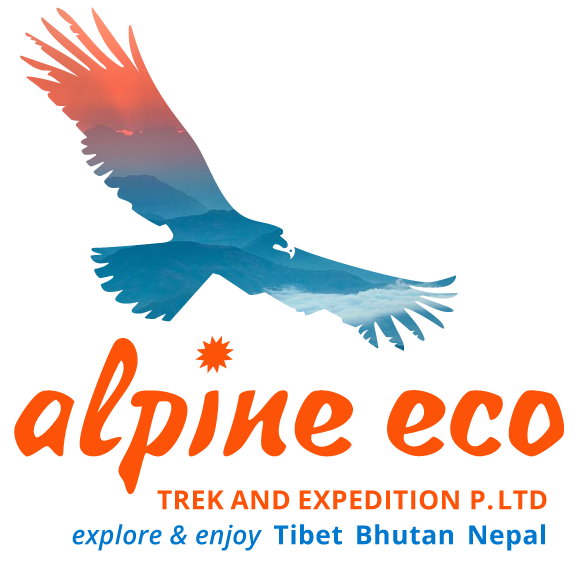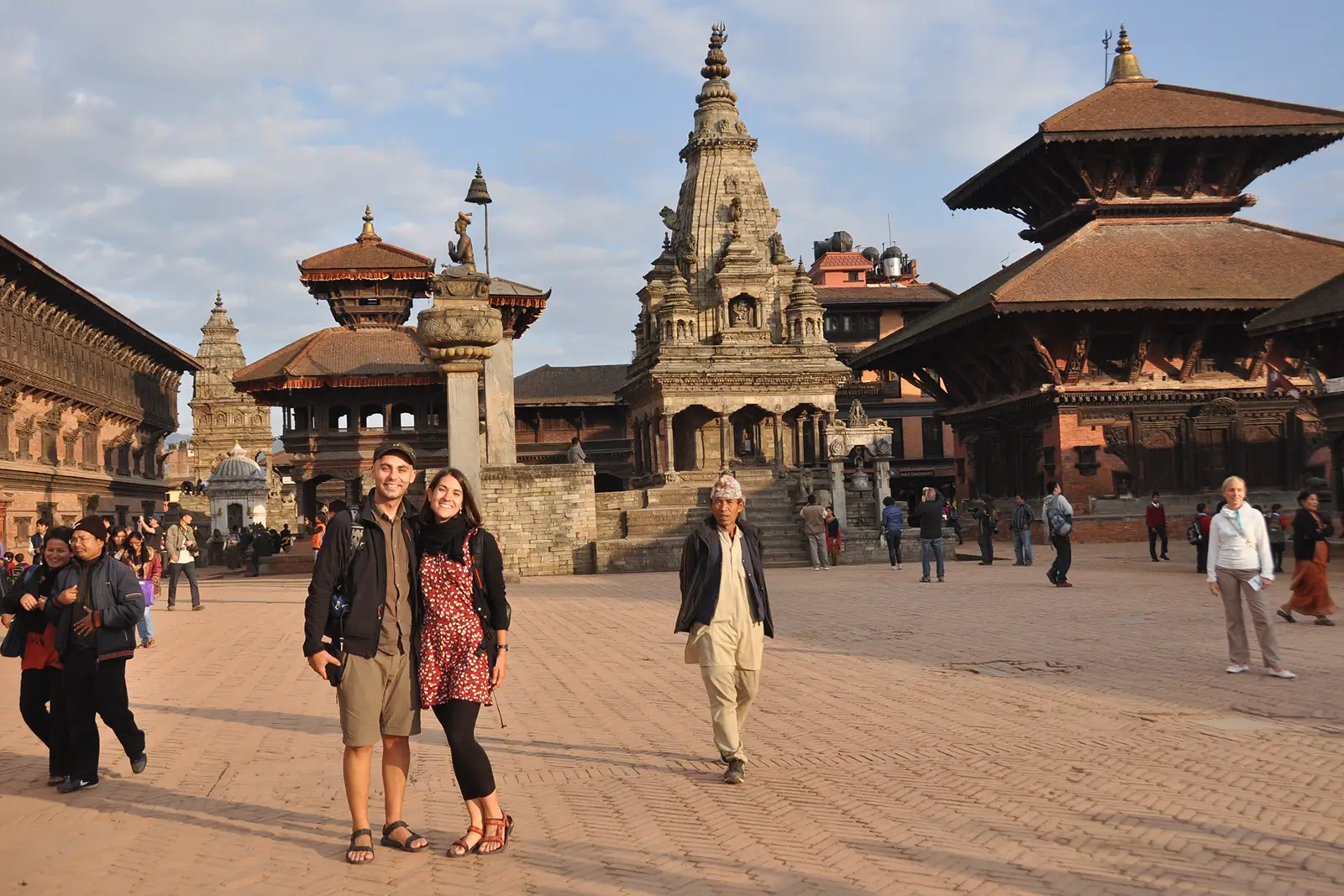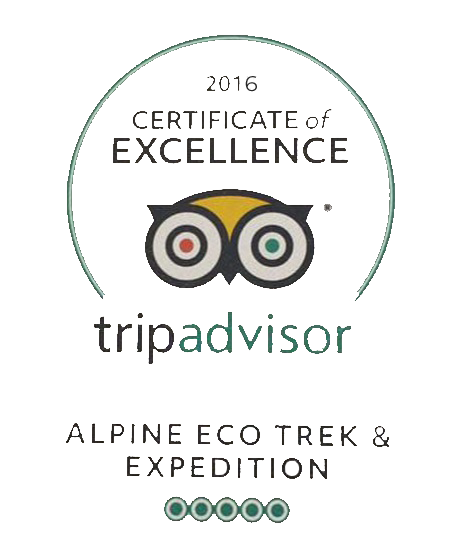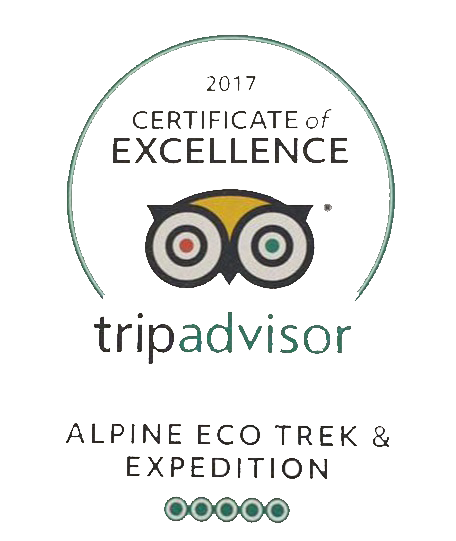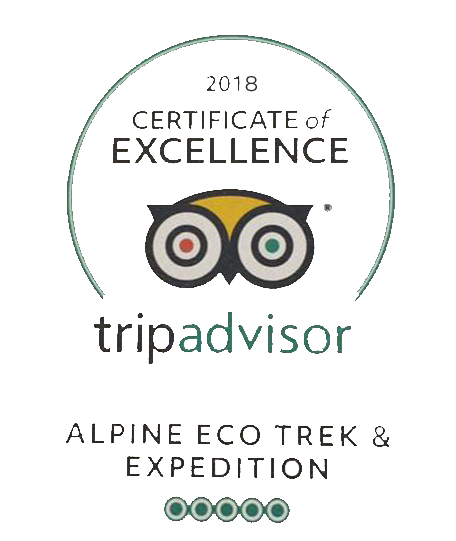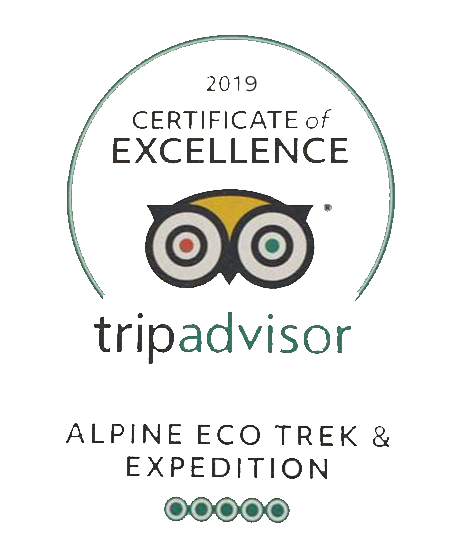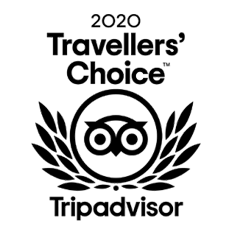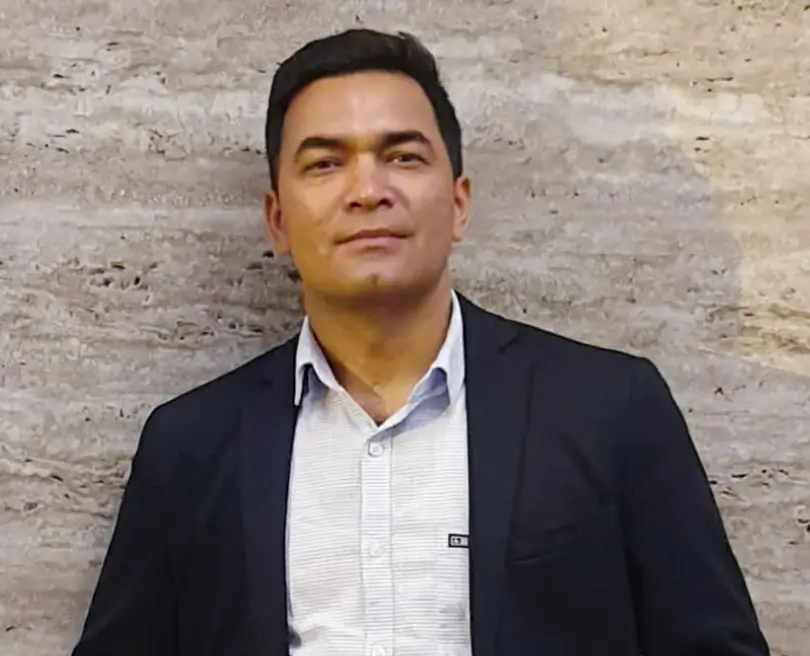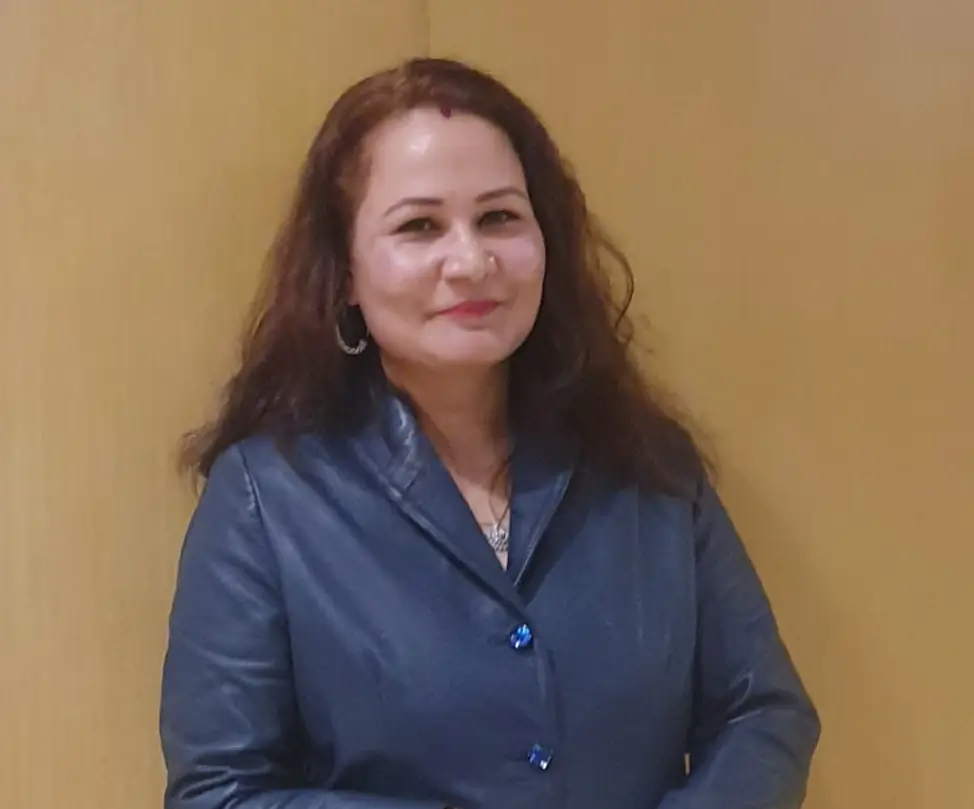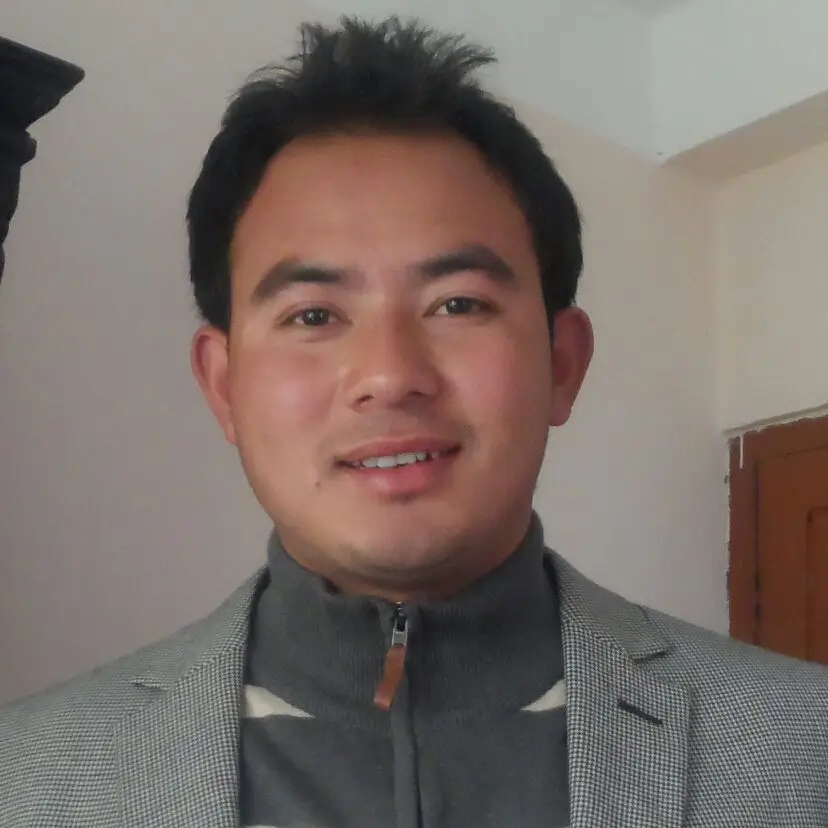-
General FAQs
- + Show More
Located in the lap of the Himalayas, the Federal Democratic Republic of Nepal is landlocked between China to the north and India to the south, east and west. Although Nepal is a Himalayan country it also shares landmass on the Indo-Gangetic Plains. The Tibet Autonomous Region of China shares a big part of the Himalayas with Nepal included the highest point on earth, Mt Everest (8,848m – 29,028ft). Being a relatively small country compared with India and China, Nepal has total coverage of 147,181 km and is considered the ninety-fourth largest nation in southern Asia.
Nepal might be a small country but its population is increasing every year ranking at the forty-ninth place of largest country by population. In the south Nepal borders with the Indian states of Sikkim, Uttar Pradesh and Bihar. Making it easy to combine vacations with India, China, Bhutan or Tibet, tourists usually describe Nepal as the pearl of the Himalayas and a must-see country. The official language spoken in Nepal is Nepali, and while there are uncountable different ethnic groups with their own languages and dialects, English is the secondary language.
Also called the city of temples, Kathmandu the capital of Nepal is the largest and most developed city of the country. Visitors often mention the time-travel experience when they enter Kathmandu. Visiting Kathmandu is like been transported back in time to a more medieval period, seeing all those ancient temples and buildings connected by cobbling brick alleys and impressive wood decorations.
Geographically, culturally and linguistically diverse Nepal, has an activity for everyone. From the cold Himalayan Mountains to the hot sub-tropical jungles the diversity of this southern Asian country is truly a marvel of the world. Visit Nepal, the land of yaks and the mythical yeti, the land where yoga founded its origin, the land of culture and devotion, Nepal is waiting for you.
Probably this is the most frequently asked question, especially during the Covid-19 pandemic, well you will be happy to know that as of 18 March 2021 the Visa sections and procedures have resumed as normal again in Nepal, making it easier for the future tourists or visitors to enter Nepal.
In order to get your tourist entry visa on arrival for Nepal there are 3 easy steps to follow;
Step 1: Fill in your tourist entry visa application form either upon arriving at Tribhuvan International airport of Kathmandu or via the online form which can be found at the official immigration website of Nepal. Do note that the online application form has a validity of 15 days.
Step 2: Make the payment at the bank kiosk of the immigration section upon arriving at the airport according to your visa requirements;
15 days cost you 30 USD
30 days cost you 50 USD
90 days cost you 125 USD
Payments can be made using different modes of payment but it is always advised to bring your Visa entry fee in cash to be on the safe side. There is also a money exchange counter at the immigration department of the airport.
Step 3: Head over to the immigration desk and hand over to the immigration officer your visa application form, payment receipt and passport. They will issue your entry visa which also serves as a multiple entry visa so you can visit other countries and head back to Nepal for your return flight home without paying for an additional visa.
It is that simple to get your on arrival visa for Nepal, 3 easy steps and your holiday in Nepal can start. If you want more info about the different types of visas for Nepal, gratis visa for Nepal, etc. please check out the official immigration department website of Nepal.
If you have gone trekking in higher altitudes in the past, you might have heard of altitude sickness or acute mountain sickness AMS. Many new trekkers and mountaineers wanting to come to Nepal always ask is altitude sickness risk in Nepal? Well, the answer is yes and no. It depends where you go in Nepal, the lower plains of Terai and the hilly regions of Kathmandu and Pokhara form no risk of altitude sickness. But when you go trekking to altitudes above 2,500m or 8,202ft, the chances of getting Altitude Sickness become real.
Now of course there are many ways to prevent Acute Mountain Sickness, and Alpine Eco Trek’s professional trekking team will make sure that you do not have to worry about AMS by following our strict guidelines of slowly ascending to higher altitudes.
A good question to ask before you plan to visit a less developed country is Will I get sick from the food and water in Nepal? Well in the case of drinking tap water the answer is YES. Tap water in Nepal is unsafe to drink and can lead to serious stomach issues and in harsh cases hospitalization. Never ever drink water directly from the tap in Nepal, and brush your teeth with treated water. Bottled water is safe to drink, but leads to an increase in waste, and as Nepalese waste disposal is not as great we do advise to not keep buying plastic bottles of water. Instead, bring a water treatment device such as LifeStraw to sanitize your water and make use of drink bottles.
Food in Nepal is a big part of the culture and you will notice that soon during festivals. From different vegetable dishes and curries to plain rice with lentil soups, the common diet of Nepal is rice. When you are first new to Nepal, you might suffer from an upset stomach in the first few days. Not to worry this is due to a change in diet. It takes a bit of time for your stomach to get used to daily rice and lentils soups. Now to answer the question, if the food is safe to eat in Nepal? It depends where you go and what you eat. There are no health inspection services for restaurants or eateries in Nepal, as so there is never a guarantee. We do advise to only eat in recommended places in the bigger cities. Now during a trek where you will have to eat in a simple tea or guesthouse, it’s advised not to order any non-veg items or international dishes such as pizza or hamburger, as it has proven to cause an upset stomach and can ruin your trekking experience.
Here are some pro tips from Alpine Eco Trek regarding food in Nepal:
Try to eat only at busy restaurants
Be extra cautious where and what you order during the summer which goes from April to the end of June
Rinse your hands as often as possible
Never brush your teeth with untreated tap water
Eating only vegetarian dishes reduces the risk of an upset stomach
Try not to order western-style cuisine but rather stick to traditional Nepali dishes.
Whenever you are on a holiday, it is important to stay in contact with your home. Not only to let them know how your vacation is going but also to update them on your plans in case of emergency. So is it easy to stay in touch with home when in Nepal? In the major cities such as Kathmandu, Pokhara, Chitwan, or Lumbini internet access is great and 4G or 3G mobile data is available. A mobile sim card can be easily acquired upon arrival in Nepal and the activation takes just a few minutes. The two largest communication companies in Nepal are either NCell or Nepal Telecom. Although Ncell has better reception and rate in terms of mobile data, Namaste has more calling options.
Now during a trek in the higher altitudes, mobile connection or WIFI is really poor and can hamper you to get in touch with home. The good news is that on more popular trekking routes such as in the Everest or Annapurna regions, more and more teahouses or lodges have now access to WIFI, so during your overnight stay, you will be able to get in touch with home during your trek in Nepal.
Whenever you visit a new country using a new type of currency it is always confusing, are you overpriced or not is usually on your mind. Here is a quick rundown on the money and costs in Nepal.
First of all the currency in Nepal is called the Nepalese Rupee or in short Rs or Nrs. In order to get an exact exchange rate, you should visit the national Rastra bank website of Nepal where you can see the current exchange rates directly on the main page.
So what about the costs? Well, it depends where you go, in the more tourist areas you can buy a bottle of drinking water for 50 Nrs while in the more local places you can get the same bottle of water for 25 Nrs. The same goes for restaurants, in the higher-end restaurants a plate of Momo (Nepalese Dumplings and absolutely delicious) can cost up to 500 Nrs per plate while in a more local restaurant it costs about 250Nrs. All in all, it is all relatively cheap compared to western countries.
What about accommodations? If you want a simple, clean room you can expect to pay about 25 to 35 USD per night in the bigger cities, during a trek where you will have to overnight in a trekking lodge the cost depends on which region you want to trek. Now all trekking packages have their accommodation and meals cost included so no need to worry about that. But to get a rough idea, per person estimate about 30 USD per day during a trek for overnight and standard meals.
Of course, the only way to really know about the costs in Nepal is to actually visit.
The Nepali saying Boli, Parxi – Tomorrow, the day after tomorrow comes from the traffic situation in Nepal. Although the country is relatively small, getting around in Nepal can be a slow undertaking. The big cities such as Kathmandu suffer from traffic jams and the outside roads suffer from maintenance problems. The fasted way to get getting around in Nepal is by air. For example, a bus ride from Kathmandu to Pokhara can take up to 6 hours of driving on zigzag roads, while by air it takes 25 to 30 minutes. A big difference, and of course also in price. As usual, it also depends on your budget, but private vehicles or air transfers are the best way of getting around in Nepal. It is more reliable than public transport by bus.
The different ways of getting around in Nepal:
By bus: The cheapest and most adventurous way of getting around in Nepal is by tourist bus. Tickets are cheap but so is the ride. Although these busses are promoted as Super Deluxe AC Tourist Busses do not be fooled as with AC they mean a small fan hanging on the window side that more often does not work than work. If it is your first time on a Nepalese bus you are in for the ride of your life. Going at high speeds on zigzag roads that have 65 percent holes or under-maintained surfaces with on one side a hilly slope and the other a cliff going down. You can imagine it already. Besides these few adventurous issues traveling by tourist bus is also the most common way as it is the cheapest.
By private vehicle: Definitely, the best way of getting around in Nepal is by private vehicle. These vehicles are either a 4×4 such as a Scorpio for out of Kathmandu, and a normal saloon car for inside Kathmandu, and come with a driver. The charge can get expensive depending on how many days you want to hire the car plus driver and if there are overnight charges, but if it is within your budget then it is definitely worth it. Private vehicle drivers speak some English and double act as an informative guide along the way. You can make photo stops where you want and have a lot more legroom than a packed rumbling bus.
By air: Considered the most expensive but also the fastest way of getting around in Nepal is by air. Nepal has a great domestic flight system with every day multiple flights departing and arriving from all over Nepal. Flight times are usually up to 30 minutes and the views are absolutely stunning. The only downside about a domestic flight is if you are headed to higher altitudes such as Lukla or if you are planning a scenic mountain flight it can get delayed due to weather conditions. The best times to fly in Nepal are either from March to May or from September to October.
Nepalese are considered as warm, kind and honest people. But every fruit basket has its rotten fruit, and as every other country in the world, Nepal also has to deal with crime. As a tourist you might wonder is there much crime in Nepal? Well, the answer is surprisingly no, you do get your occasional theft but it is becoming rarer every year. As a tourist in Nepal, you do want to be careful with a few things such as scammers and pimps in the tourist areas. These people prey on the wealthy and will try to oversell you on cheaper items. The best thing to do is to just stick with your guide and go to know shops and not buy items from street sellers. Most 3 star hotels in the big cities have a security guard and CCTV cameras in public places. Having said all that it never hurts to be extra careful and not show your valuables around or carry an excessive amount of cash. Keep your personal items under lock and key and in case of a long trek, you can always store your big bags at our travel office.
Nepal used to be legal in terms of marihuana or hashish and that brought with it a lot of hippies during the 70s, but now that Nepal has become illegal for the use of these soft drugs there are still those shady characters who try to sell it on the streets. One big word of advice, do not interact with those people, Kathmandu tourist police pray upon tourists who fall victim to these scammers and have a ZERO tolerance when it comes to foreigners and the use or purchase of drugs. Extensive jail time in a Nepali jail cell is not worth it.
Every year more and more self-dependent women travel in Nepal either solo or in a group with absolutely no issues. Our company can arrange a female guide for an all-women trekking group, and Nepalese are very respectful to women. You will always have those macho men who try to call you out, or cannot help themselves from staring, but not to worry it stops there. In the more rural areas its a bit of a different story, and we do request our women travelers to be a bit considered in terms of attire when visiting rural communities.
With a big change in the women society of Nepal, given more rights and freedom in terms of choice and career Nepal is becoming more and more progressive. With a female president at the head of the country, Nepal is sure to be safe for any woman to travel. Keep in mind that traveling alone unaccompanied by at least a guide can always lead to unwanted scenarios and so we do request our female travelers not to go anywhere alone especially at night, to be on the safe side.
Unfortunately, there are frequent earthquakes in Nepal. This is due to its geographic position, where the Asian and Indian tectonic plates meet. These two plates grind each other and cause a lot of seismic activity. It is even believed that these activities caused the formation of the Himalayas.
It is never clear when an earthquake will occur in Nepal, with the latest major earthquake in 2015 causing major devastation to the country leaving many deaths and injured in its wake. Now, this is an exceptional earthquake that happens every few decades, and most earthquakes in Nepal are so small and short you won’t even notice them unless you say it in a news post. With this being said the Nepalese government is well prepared for an earthquake disaster and trains yearly its rescue responders in the latest aid and rescue techniques.
Electricity in Nepal is every day further being developed and with the end of the load-shedding system (scheduled blackouts) electricity in Nepal has become a lot more accessible to the general population. There is the occasional blackout due to maintenance works to further develop the electricity circuits but those usually last up to half-hour only. In the bigger cities, almost all 3 star and above hotels have their own power generator, and in the rural villages, the use of solar power has become common use.
Sockets in Nepal come typically with a 3 pinhole where the upper pin is flat, not round. There are modern sockets that accommodate the use of a round pin but are not that common. The best solution is to bring a plug converter or use a multi-plug. Multi plugs in Nepal accommodate western-style plugs and cost about 250Nrs so it is a cheap solution in case of emergency.
+5.45 UTC and +4.45 GMT is the correct time difference in Nepal. But now with the use of smartphones and world clocks you can easily set an additional clock for Kathmandu time.
While Nepal is a country that you could visit the whole year round, there are always those best times to visit Nepal. So if you are looking for clear blue skies, warm days and green valleys then the best time of year to visit Nepal is either from October to mid-November or from March to end-May. These months are ideal for trekking or visiting the hilly regions of Nepal. Are you more interested to visit the low land regions of Nepal, such as the Chitwan National Park then December to February are the best times of the year to visit Nepal.
The low lands such as the Terai region is quite hot so visiting during the cooler months of the year is ideal. During the months of June to September Nepal has a monsoon season, now trekking or touring it can hamper your vacation but if you are interested to visit the Upper Mustang region or Dolpo region in Nepal, during these times those regions are at their best. So as stated before Nepal can be visited the whole year round, it just depends on where you want to go.
A great question most people ask is How many days should I spend in Nepal? Well, this is easy to answer. As long as you can, as it is so much you can do in Nepal from cultural tours visiting city to city or an exciting trek to Everest Base Camp, Annapurna Base Camp, going rafting, or taking an incredible mountain flight, the activities are endless.
Ideally, we recommend coming for one month. In one month time, you can enjoy the cultural treasures of Kathmandu, do a short jungle safari, visit iconic places such as Lumbini or Pokhara and still have time for a trek such as the Everest Base Camp trek.
Two weeks is what most tourists plan their holiday in Nepal to. In two weeks time, you can do either a long trek such as the Everest Base Camp hiking or even the Annapurna Circuit trek, or do a cultural tour over Nepal visiting the many temples and monasteries.
For those one short time but still want to enjoy a bit of Nepal. Kathmandu has a lot of day tours to offer, and although it might cost a bit more, with a domestic flight you can reach most cities in Nepal within 25 to 30 minutes of flight time. This can save you a lot of valuable travel time and gives you more chances to see as much as you can of Nepal in just a few days.
It would be impossible to list everything there is to do in Nepal in just a small section. Besides the sea, almost everything is there in Nepal. From tropical jungles to hilly valleys, from raging white water rivers to rocky slopes and from trans-Himalayan barren plains to the snowy Himalayas, Nepal has it all. Of course, the most popular activities in Nepal are trekking, peak climbing and mountain expeditions which all take place in the Himalayas. Besides those, there are still many other things to do in Nepal such as; cultural tours, homestay tours, jungle safari, bungee jumping, rafting, mountain or helicopter flights, monastery or temple visits, pilgrimage tours and many more. So make your pick and set your course for Asia’s adventure country Nepal.
Politics in Nepal have been a thorn in the Nepalese peoples side for a long time. With different political parties always fighting for more power there seems no end to it. Does this mean that Nepal is politically unsafe and unstable? No, Nepal is politically safe and stable, especially for tourists. There might be the occasional strike of some political party but it does not have any effect on tourism in Nepal at all. So, if you are planning to visit Nepal but are unsure if the political situation permits a nice holiday, do not worry as this will not affect your experience in Nepal whatsoever.
With the Coronavirus dwindling and multiple vaccinations ready, it is not a must to be vaccinated in order to visit Nepal, you would need at least a PCR negative report and you are good to go. Now of course being vaccinated against the Coronavirus is highly recommended before you travel anywhere.
For other vaccinations, Nepal used to have malaria, but the government eradicated the disease in 2008. To be on the safe side its always better to get yourself vaccinated against common diseases such as; Tetanus, Hepatitis A, Hepatitis B, Typhoid, Rabies, Cholera, Malaria, Dengue and Japanese Encephalitis vaccine. It is always best to consult with your doctor before leaving for an Asian country to see if you need any vaccinations for common diseases find in Asia or Nepal.
For those families asking the question, Can I trek with my children in Nepal? The answer is most definitely yes. Taking your family on an adventurous trek in Nepal is not only a healthy outdoor activity but also creates deeper bonds with your family. There are ample trekking routes that are considered child-friendly, meaning there are not long and tough and avoid rapid ascending to high altitudes. Some of those treks are the Annapurna Poon Hill Trek, Everest View Trek, or short hikes in the Kathmandu Valley. Do not hesitate and get ready for a unique family bonding experience in Nepal.
If you are wondering if you need insurance to travel to Nepal, then yes it is a must. Travel or trekking agencies are not allowed to book your holiday without the proper travel insurance. Having travel insurance only works to your advantage as it protects you against, flight delays, trip cancelation and medical issues or accidents that can occur during your trip. Unfortunately in Nepal, we cannot buy traveler insurance so you will need to get this one from your own respective country, or via a recognized and legal online travel insurance seller. Do not take the risk of coming without insurance, especially during a trek, where emergency rescue, air ambulance and treatment costs are ridiculously high. Get travel insurance and visit Nepal for one of the best holidays of your life.
While there is a lot to choose from Alpine Eco trek does recommend you a few tours and treks to get the best experience in Nepal, Bhutan, or Tibet.
For trekking in Nepal; the 10 days EBC trek, the Everest family trek, the Annapurna Base Camp trek, the Annapurna Circuit trek, The Manaslu Circuit trek, the Langtang Valley trek, or the Upper Mustang trek.
For tours; Nepal, Bhutan and Tibet tour of 13 days, or the All Nepal tour.
To get a better view of the options available we do recommend you to browse our website for the different packages and use Contact Us for further information.
Nepal Travel FAQs – Contact Us
- Address: Thamel Marg 29, Kathmandu 44600 – Nepal
- Post Box: 19844 – Alpine Eco Trek and Expedition Pvt. Ltd.
- Phone: +977 98510 36 844
- Email: [email protected]
- www.kailashtourtrek.com for the holy trip to Kailash
- www.tourtreknepal.com for group tours in Nepal
- www.tibettourtrek.com for group tours in Tibet
